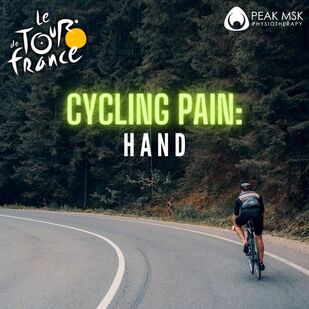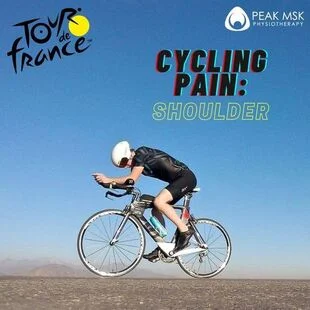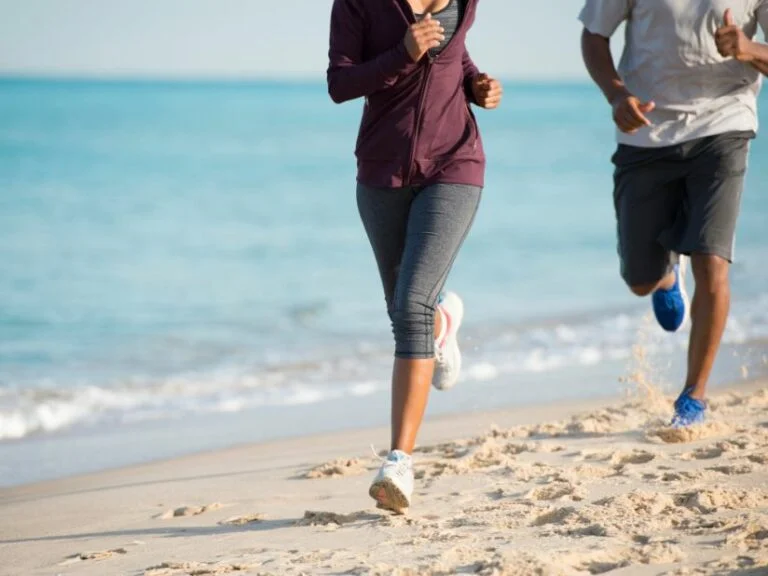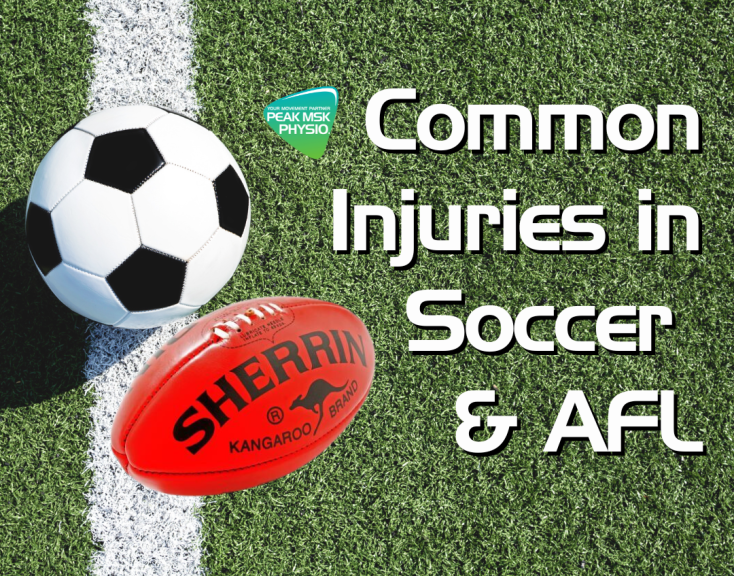Are longer rides reducing your fun with discomfort or aching? Or the aftermath-pain outweighs the glory?
Over 80% of recreational cyclists sustain repetitive overuse injuries and more than one third of that group will need treatment to keep on the road (1)
Cycling for fitness or leisure is a great activity and very useful low impact aerobic fitness exercise if you have joint problems. It does involve prolonged posturing without much option for variation of body position as in other sports. The pedalling action is also repetitive.
So…. if the niggles associated with riding are left unchecked, un-monitored or you simply don’t care for your body in the right way…… overuse injuries become the busted spokes in your ‘wheel’. You can’t out ride and out compete overuse soreness. The predominant parading reruns in our clinic are neck, knees, wirst/hands, butt and back.
Everyone’s main concern is navigating the road safely, obeying the rules, using good bike etiquette and not being distracted. However pain and fatigue are needless distractions and we believe keeping safe also means being fit and healthy to ride according to the conditions you choose to ride in as well as your fitness and skill level to ride.
Physiotherapy examination of the cyclist includes
- Biomechanical breach-points in your flexibility, strength, endurance.
- Examining range of motion for specific joint actions.
- Muscle length and measuring force generation.
- Load testing, can you sustain the load required in a simulated clinical exam to test-load you?
In the lower limb it is important to evaluate hip muscle function which influences your control of knee and ankle position (2), hamstring length and back curve.
Looking at your ‘engine’ also includes
- The ergonomic fit of you to the bike. This may include looking at your cycling technique and gear.
- Discussion on cycling volumes, distance, indoor vs outdoor training, hills or flats.
Getting expert physiotherapy advice will identify areas to build healthy muscle, ligaments with the right exercises, the right exercising strategies beyond just pedalling to make your ride comfortable, minimising the risk of injury and enhancing safety.
The benefits are…
- better management of injury and having the tools to look after yourself.
- understanding what your physical limitations are and goal setting overcoming these with a clinically informed treatment plan.
- Alternatives to just cycling to train for cycling involving other forms of exercise to target the same goals. Think of strength exercises, endurance and flexibility work.
We truly believe road cycling can be safer, more satisfying and healthier when the right ground work is in place for our cyclists.
Can you relate to any of these issues in your ride?
Then know that physiotherapists can assess, manage and get you on top of your cycling injuries to get you back to the saddle. At this clinic our process involves clinical examination in a “three stroke strategy”.
- Injury assessment.
- Musculoskeletal screening for contributing factors.
- Bike set up and discussion on goals, training loads and progressions.
Your treatment is bespoke to these findings, your goals and health needs.
You are your Tête de la course!
References:
- Int J Sports Med 1995; 16(3): 201-206
- Curr Sports Med Rep. May-Jun 2016;15(3):199-206.
















